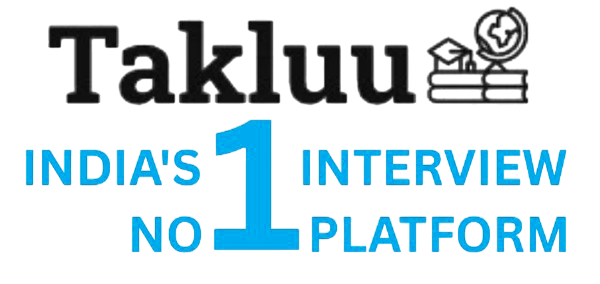Ques:- How do you debug ARM compiled code using tools like Keil or GDB
Asked In :-
SPARX IT SOLUTIONS, RAKUTEN INDIA ENTERPRISE PVT, Ray Business Technologies, sciative, Mindcurv Technology Solutions, Acquia Inc., ISG NovaSoft Technologies, Proseon Technologies, Lorven Technologies, Visionet Systems,
Right Answer:
To debug ARM compiled code using tools like Keil or GDB, follow these steps:
1. **Compile with Debug Information**: Ensure your code is compiled with debug symbols enabled (use the `-g` flag for GCC or the appropriate setting in Keil).
2. **Load the Program**: Use Keil's uVision or GDB to load the compiled binary onto the target device or simulator.
3. **Set Breakpoints**: In Keil, set breakpoints using the GUI. In GDB, use the command `break <function_name>` or `break <line_number>`.
4. **Run the Program**: Start the execution of your program. In Keil, click the "Run" button; in GDB, use the command `run`.
5. **Step Through Code**: Use step commands to execute your code line by line (`step` or `next` in GDB).
6. **Inspect Variables**: Check variable values and memory
To debug ARM compiled code using tools like Keil or GDB, follow these steps:
1. **Compile with Debug Information**: Ensure your code is compiled with debug symbols enabled (use the `-g` flag for GCC or the appropriate setting in Keil).
2. **Load the Program**: Use Keil's uVision or GDB to load the compiled binary onto the target device or simulator.
3. **Set Breakpoints**: In Keil, set breakpoints using the GUI. In GDB, use the command `break <function_name>` or `break <line_number>`.
4. **Run the Program**: Start the execution of your program. In Keil, click the "Run" button; in GDB, use the command `run`.
5. **Step Through Code**: Use step commands to execute your code line by line (`step` or `next` in GDB).
6. **Inspect Variables**: Check variable values and memory

